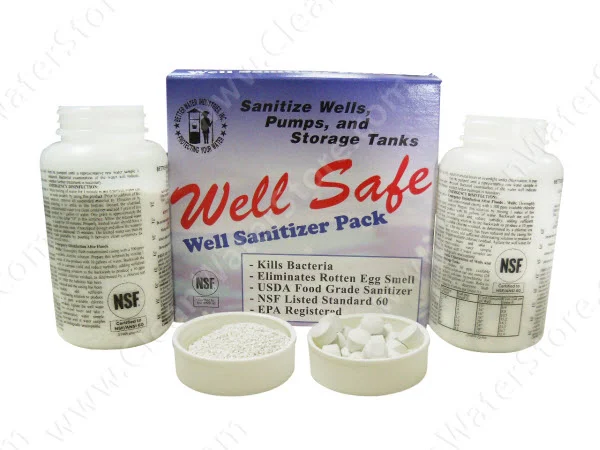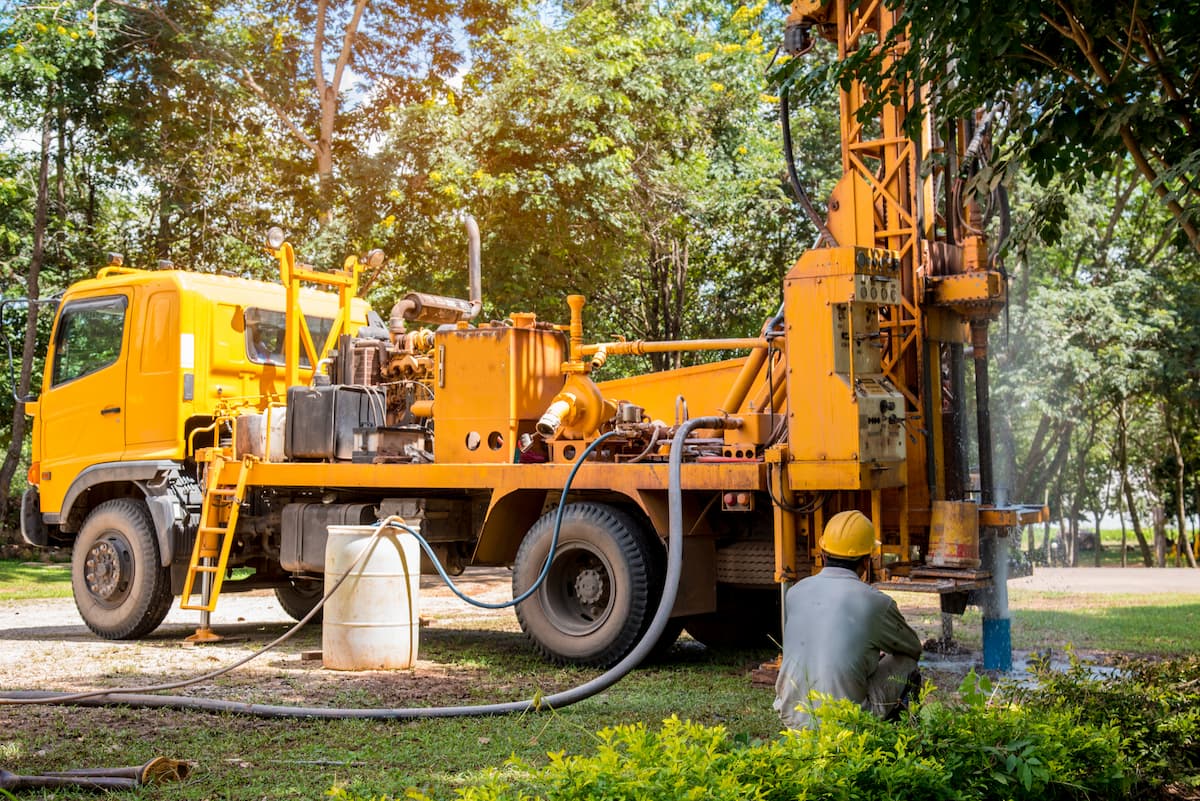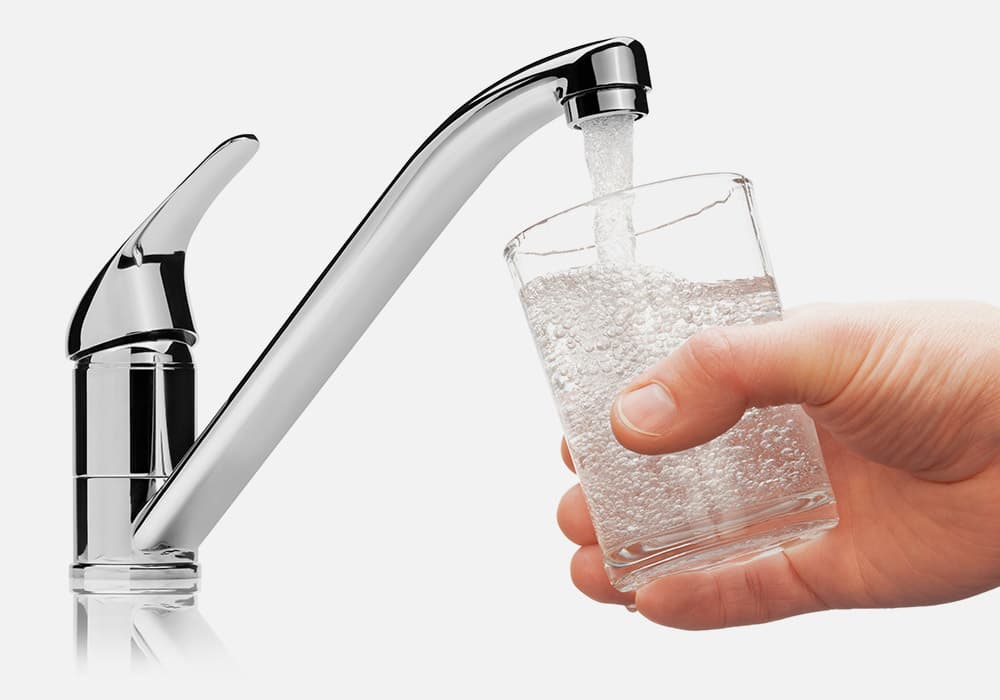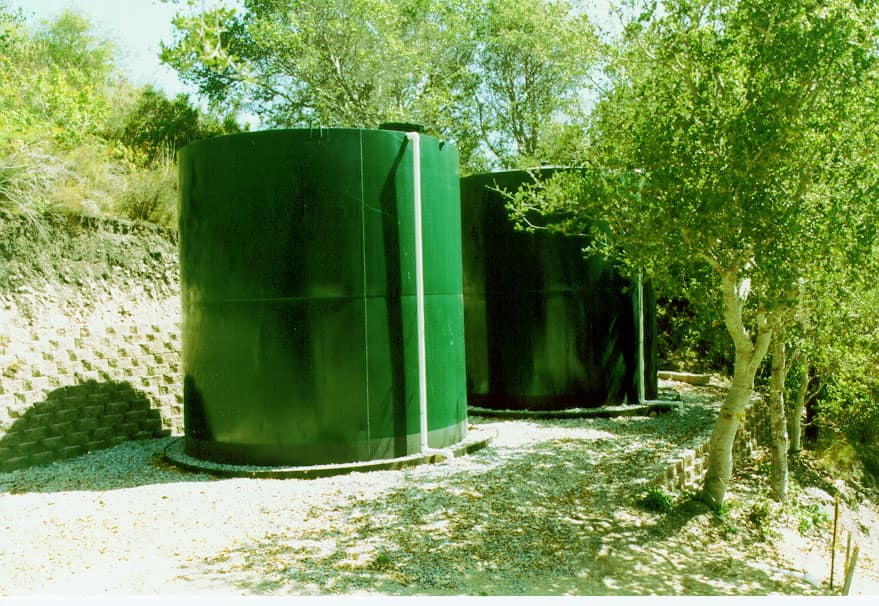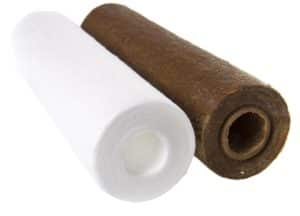Water Tests
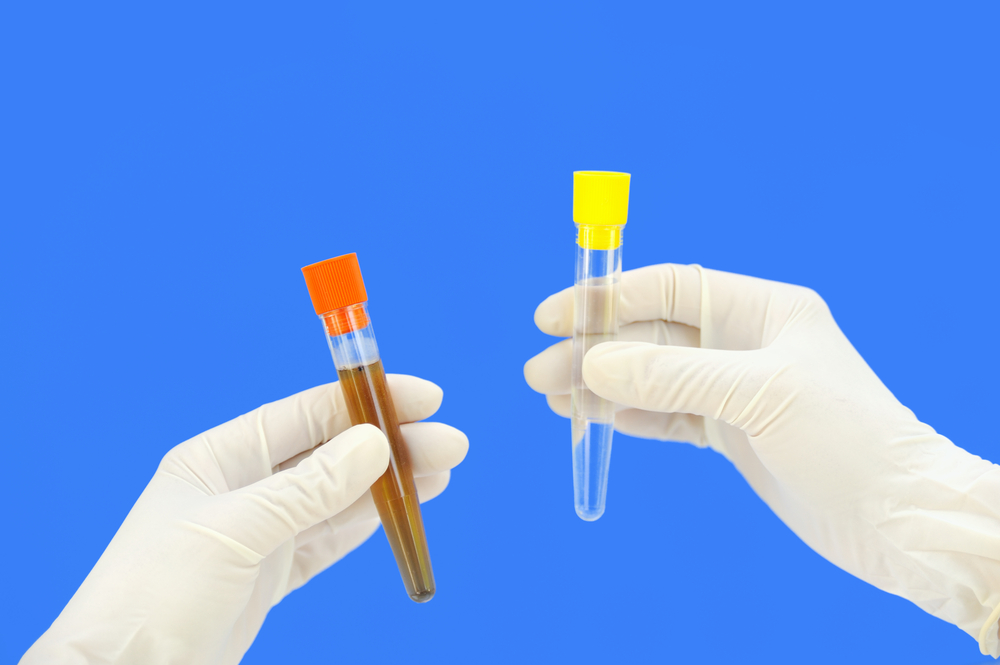
While relying on a private well can offer some great advantages – namely, the ability to completely control the quality and composition of your water – most well water users can attest that it comes with its own share of disadvantages as well.
Perhaps the biggest trouble with well water stems from the variety of contaminants to which well water users are exposed: wastewater runoff, bacterial contamination, leaching of metals and minerals, high salt content, acidic water, etc. Fortunately, as our readers should know by now, these problems can be easily solved with the right water treatment system.
Before you go off to browse water treatment systems, though, there are a few tests that you should conduct in order to determine the composition of your water and how best to treat it. This is by no means an exhaustive list, but a brief look at ten of the most common water problems found in well water supplies. If you've recently begun using a new well, or have simply never tested yours, read on…
1. Bacteria
Your well water may be host to a number of species of bacteria, many of which may be completely harmless. There are, however, a few species you should certainly test for and eventually eliminate: these include sulfur and iron bacteria, and most importantly coliform and E. coli bacteria.
Sulfur and iron bacteria thrive on – you guessed it – sulfur and iron; these bacteria are responsible for foul-smelling water and the buildup of biofilm in household plumbing.
Coliform bacteria, while itself relatively harmless, often indicates recent sewage or animal waste contamination. If your water is contaminated with sewage and animal waste, there is also a good chance that it contains E. coli bacteria, one of the most dangerous waterborne bacteria.
E. coli can cause severe health effects like fever, bloody diarrhea, and vomiting; for this reason, well water users are advised to regularly test their water for bacteria.
Bacterial testing that indicates presence or absence can be done at home. The EPA recommends lab testing for coliform bacteria annually. Fortunately, this is not difficult to do and samples can be sent by overnight express if a lab is not located nearby.
For accurate lab analysis done professionally, sterile sample bottles must be used and sent to the lab immediately or by overnight express in a chilled container. There are a number of options for destroying waterborne bacteria, including UV sterilization, chlorine injection, ozonation, and distillation.
2. pH
The pH scale goes from 0 – 14 and measures the alkalinity of liquids: a liquid with a pH level of 7 is completely neutral (i.e. water), while a pH level of >7 indicates alkaline water, and a pH level of <7 indicates acidic water.
Overly acidic water can cause staining, pinhole leaks, and corroded piping, due to its lack of buffering calcium minerals; overly alkaline water, on the other hand, can cause scale buildup and clogged fixtures.
The goal, then, is to achieve a pH level of 7 in your water. Testing can be easily done at home with pH test strips or an electronic pH meter. Once you've tested your water and determined its pH level, you can adjust it with a calcite neutralizer or a soda ash feeder.
3. Hardness
Water under 8-10 hardness grains per gallon can generally go untreated, while water hardness above this level usually warrants the use of a water softener or saltless water conditioner.
Otherwise, hard water can cause scale buildup, spotting of fixtures, and excessive use of soap and laundry detergent (hard water is less effective at dissolving soaps due to its chemical composition). Like alkalinity, water hardness can be determined easily at home with specially-made test strips.
4. Iron/Manganese
Iron and Manganese often travel together and are responsible for staining of fixtures, foul tastes, and oily, discolored water. Water containing iron and manganese often appears clear when drawn, but becomes discolored as the iron and manganese particles are oxidized to form insoluble particles.
The presence of iron can also encourage the growth of iron bacteria. There are a number of easy-to-use home test kits for both iron and manganese available.
Iron and manganese can be removed with an iron filter, but it is important to conduct tests for other contaminants (such as those listed here) as filtration can be affected by other aspects of your water's composition, like pH and hardness.
5. Tannins
Tannins are formed from humic acid, a component of organic matter like soil and plants. In water supplies, tannins can cause brown discoloration and bitter tastes.
Removing tannins from water is more an aesthetic choice than a health precaution, though many of our customers choose to filter tannins from their water if not only to rid themselves of unsightly, brown water.
Tannins can also be accompanied by iron and manganese, though, and as such one should test for all three contaminants when testing his or her well water. A tannin filter will often remove tannins from water, through chlorination/ozonation followed by an iron filter can do the trick when iron is also present.
6. Total Dissolved Solids
“Total Dissolved Solids” refers to various compounds of salt, metals, and other minerals in the water.
At common household levels, TDS hardly represent a health threat, though as TDS concentrations increase, water will become less palatable. As such, under 500 ppm is a good level to aim for in your household water supply; by comparison, ocean water has a TDS concentration of about 30,000 – 40,000 ppm.
Testing for TDS is best accomplished at home with an electronic TDS meter while removing TDS can be accomplished with a distiller or reverse osmosis system.
7. Nitrate
Nitrate is a naturally occurring chemical compound that is formed in the soil when nitrogen and oxygen combine. Small amounts of nitrate are harmless (in fact, nitrate is necessary for a balanced diet) but large amounts can pollute groundwater and cause severe consequences to life.
Infants are particularly susceptible to nitrate poisoning, which can result in methemoglobinemia (oxygen deprivation). Nitrate can occur in groundwater via chemical fertilizers, septic system discharge, and livestock waste.
You can test for nitrates at home or by sending your water sample into a lab. Once you've determined your nitrate concentration – 10 ppm is the maximum contaminant level set by the EPA – you can eliminate it from your water with a water softener, reverse osmosis system, or distiller.
8. Copper
Copper occurs most commonly in acidic water supplies, due to the pipe corrosion caused by acidic water and the prevalence of copper piping in household plumbing systems.
Ingesting copper in small amounts can cause gastrointestinal distress, while larger amounts, ingested over time, can cause liver and kidney damage. If you suspect that your water is contaminated by copper, we recommend having your water tested by a certified laboratory.
Since you cannot see, taste, or smell copper dissolved in water, testing is the only sure way of determining whether there are harmful quantities of copper in your drinking water. As copper contamination is generally caused by acidic water, treatment methods tend to involve either a water softener or saltless conditioner.
9. Lead
While lead has many useful industrial applications, it is very toxic when ingested, and can cause serious damage to the brain, organs, and blood cells. The EPA estimates that approximately 20% of lead exposure is through drinking water; this number is buoyed by the fact that lead has traditionally been used in plumbing materials and service lines, from which it can leach into drinking water supplies.
The EPA has set a maximum contaminant level of 15 ppb (that's parts per billion), meaning you really want very little lead in your water, if any. When testing for lead, it is smart to let your water sit in your pipes overnight, so that when first drawn it will give you a “worst case scenario” of your water's lead concentration.
Lead can be tested for with a do-it-yourself kit at home, but for most accurate analysis, testing through a state-certified lab is recommended. Once you've confirmed the presence of lead in your water, your best option is generally to replace your piping, though you might also consider a reverse osmosis system or distiller.
10. Pesticides
Pesticides are most commonly found in water supplies near agricultural or industrial areas. Their very purpose is to kill small pests, so it should come as no surprise that they can also be harmful to humans.
While biologically-based pesticides are somewhat safer than traditional chemical pesticides, and increasingly more common, most would agree that pesticide-free water is preferable to water with either chemical or biologically-based pesticides.
Testing for the presence of pesticides can be done at home with pesticide test strips, but lab testing was done at a certified lab for a wide range of pesticides, herbicides and other chemicals are recommended at least once every 3 years.
Now that you know what to look for in your water, you're ready to begin testing. You can browse our online store for a wide selection of test kits, from small individual tests to large, all-inclusive kits that will allow you to test for all of the contaminants mentioned here, plus dozens more.
If your tests come back and you find that your water is completely clean congratulations! If not, have a look at our Resource pages for more information about water treatment methods and our world-class water treatment systems.
Finally, don't forget that you can write to us any time with any questions or concerns you may have: simply send an e-mail to [email protected], leave a comment on our Facebook page. Thanks for reading – we look forward to hearing from you!



